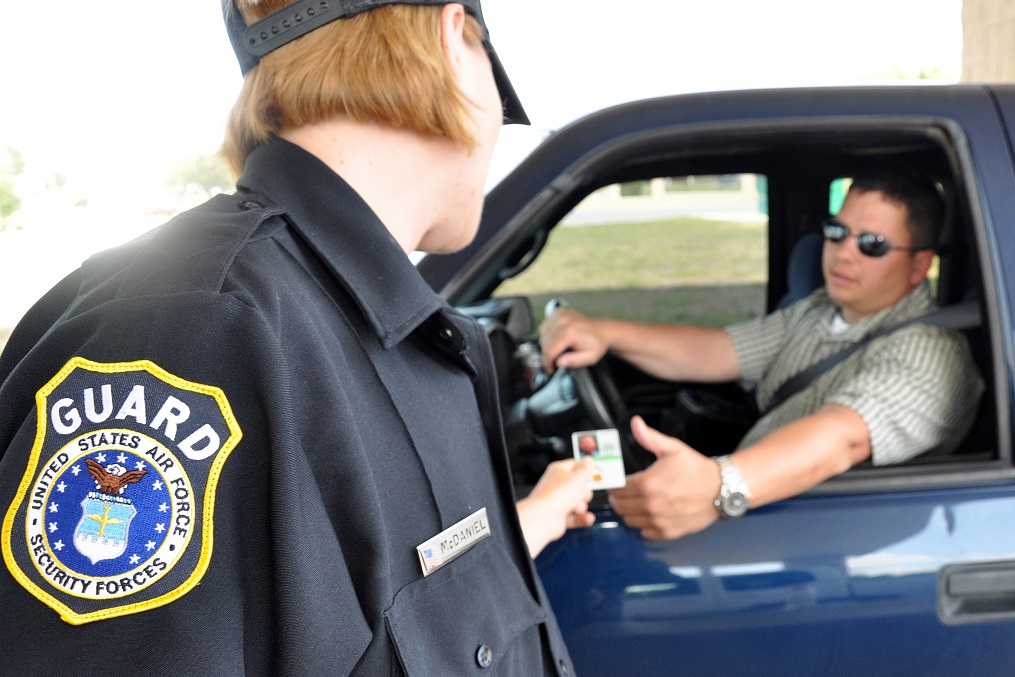
This post is also available in:
 עברית (Hebrew)
עברית (Hebrew)
The physical driver’s license is probably here to stay, but there are also other options that make identification and authentication more efficient, such as a virtual driver’s license. Mobile driver’s license technologies (mDLs) offer a number of benefits to public safety, citizens and issuing governments.
Tech companies developing the platforms and the cities and states testing mDLs, will still have to assure public safety agencies and the public that mDLs for use in government-issued identification services are developed in a secure, encrypted and trusted way.
Scott Vien, director of business development for GET Group, which offers a mobile identification application, indicated law enforcement is the number one stakeholder in mDL adoption.
While the mDL holder will have to present their identification “in a similar way” as they do a physical driver’s license — the technology presents an opportunity to increase situational awareness and security, according to Vien. “It’s possible to know who is in the vehicle before they go over to it,” Vien said.
Hackers would have to go through multiple levels of security. The application hosting the mDL has log-in specified requirements. So hackers would have to get into the phone — including getting passed a potential biometrics layer — to get into the mDL application.
Multi-factor authentication can be easily required of user mDL apps.
Another benefit of mobile license technology is the ability for the government issuing entity to deactivate a stolen license immediately — there isn’t that capability with a stolen physical license today, he noted.
The mDL indicates status. That’s also true when a license is revoked because of a driving under the influence offense.
In any event, If the phone battery is dead, or the phone screen is cracked, the individual’s physical license serves as the back-up.
Some law enforcement officers prefer not to hold, possess or touch a phone at a stop, Vien said. With mDL technology, “there is no need for them to take possession of the phone.” Law enforcement can request access to an mDL before approaching a vehicle they’ve stopped, according to efficientgov.com.
One of the concerns of law enforcement officers is whether they will need an extra system for checking the mDL. Vien says they don’t need anything else on their belt or in their car.
Cruiser laptops may communicate via Bluetooth, and near field communication (NFC), which allows a device to create a radio frequency current that communicates with another NFC-compatible device or an NFC tag holding information, to access an mDL.
The mDL technology’s data minimization ability is a privacy gain for citizens. “You get to choose the information you can share,” said Vien.
Control is built on the user and the verifier ends, he noted. That’s why it’s important for government-issuing entities to involve businesses like banks and restaurants in developing good use cases and real-life scenarios for individual mDL systems in the commercial sphere.

























